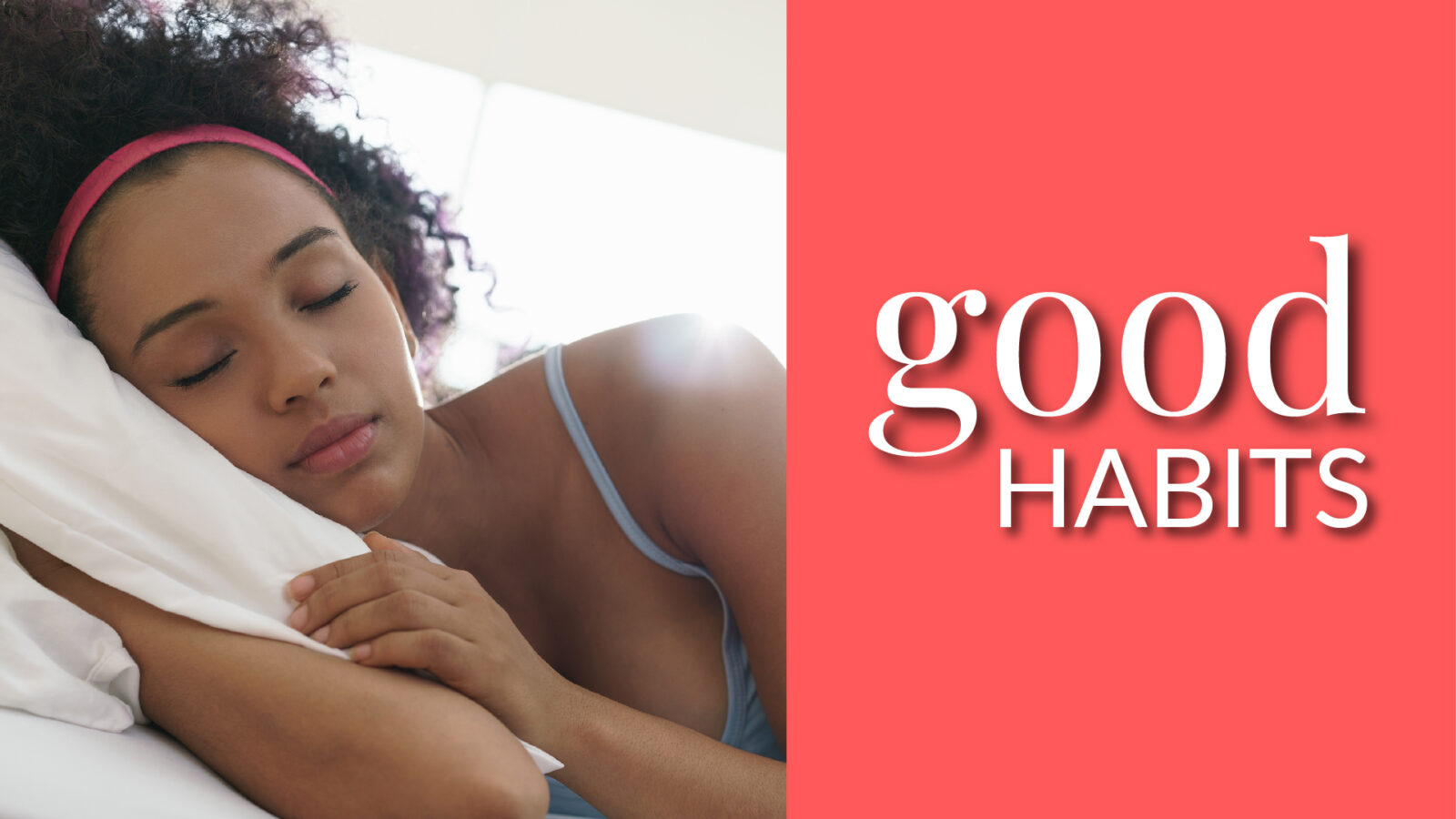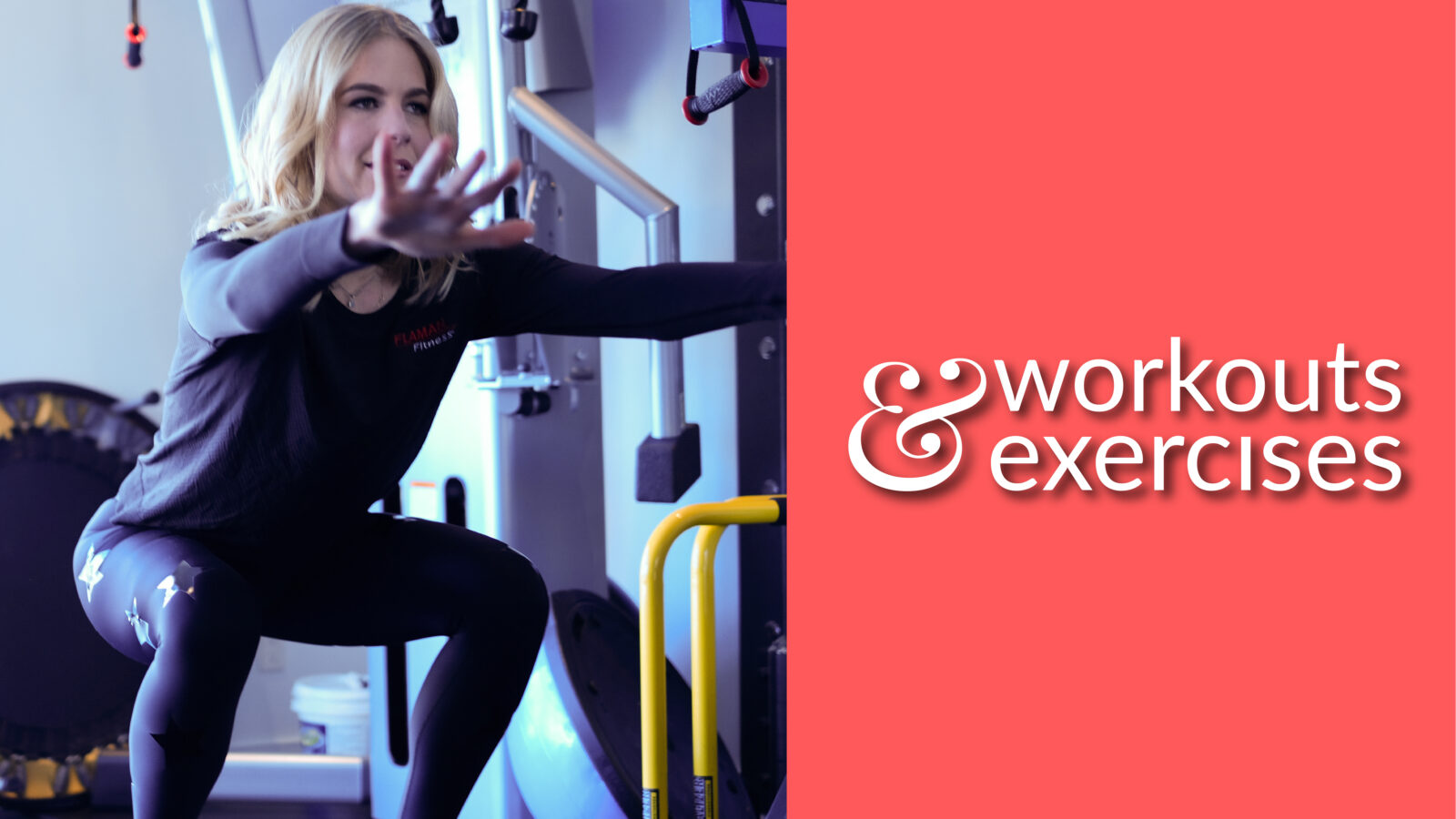Precision Nutrition Level 1 certification textbook

Why? The Precision Nutrition certification text is a beautiful marriage between “nutrition information” and “coaching.” The coaching element gives readers the tools to connect the dots between wanting to enact nutrition information and actually embodying the knowledge — i.e., “acting.”
This action piece is critical because, to paraphrase Derek Sivers, “If knowledge were enough we would all be billionaires with washboard abs.” Don’t get me wrong, the Precision Nutrition text includes excellent nutrition info, but that is not what I am going to write about or what I am impressed by — I would hope the standard for a nutrition textbook is scientifically based nutritional info. The brilliance of the Precision text is how it outlines possible tools and pathways to connect the dots between knowing pertinent information and actually acting on said information. The insights on “dot connection” are what I am going to highlight!
(Quick side note on anxiety, education, acting vs worrying, and the “behind the scenes” of my registration: Neil Strauss said in an interview on the Chase Jarvis Live Podcast something like, “If you want to prove your inner critic wrong (i.e., your anxiety) you need to consistently do things that prove him or her wrong.” Emphasise on the DOING. I decided to do Precision Nutrition Level 1 certification because I was feeling anxious about the release of my second book Your Fittest Future Self, and the media I would (hopefully) get to do. I was extremely excited about the prospect of media, but the feeling of being in the “hot seat” answering nutrition questions stressed me out. So, I signed up for Precision Nutrition Level 1. I figured no better way to feel more comfortable answering nutrition-based questions than to review the science and data. I didn’t expect to learn any new information — I graduated from my nutrition diploma roughly two years ago — but I wanted to be forced to review all the info. I got that. In addition, taking the course reaffirmed my belief that if I want to be less anxious, I have to do the things that make me feel positive, productive, and in control [however false the sense of control might be]. That may sound obvious — you might be thinking, “Duh, I know that” — but let me tell you from personal experience, most of us don’t act on that knowledge. Too many of us feed the anxiety cycle; when we feel overwhelmed, anxious, depressed, etc. we simply engage in more actions that reinforce the thought pattern. Net is, I am very happy I signed up and completed the course, AND if you are feeling anxious or overwhelmed by your inner critic, then ACT to prove your critic wrong.)
My main “main take-away” (A little Kathleen humour … poking fun at my love of “take-aways” and my desire to rate and list and categorize everything.)
In order to get different results, one needs to take different actions. Different actions require different thought patterns — a paradigm shift! One alternative paradigm is the “educational model” of health!
Educational model
The educational model is based — not surprisingly — on a progressive journey judged through appropriate evaluations. I describe health as exiting on a continuum of grades from kindergarten to infinite. Precision Nutrition uses Levels 1 through 3. Either way, the message is the same: understand your health journey as progressive — compare your progress to where you are and your journey. Your “level” or “grade” depends on your individual goals, knowledge, skills, and ability to be consistent, and where you are in the process!!
Don’t compare your relative success within your current grade to anyone else’s success — especially if they are grades ahead of you. You will feel completely demoralized if you compare your initial progress (say moving from grade 1 to grade 2) to a friend, celebrity, or fitness professional who has been soldiering along for years and is currently doing their health “master’s.” If you are in grade 5 of your health journey, be proud of progressing to grade 6. If you are in grade 12 consistently killing your healthy choices only to slip back to earlier less-than-ideal choices, hold yourself accountable for the slip and work to analyse the cause. Then get back to your grade 12 habits pronto.
Stay in your own health lane — or your own “health grade” (bada boom bada bing — #trainerhumour).
Instead of making your goal “mastery,” make your goal to trend positive — to progress through the grades. Care about the quality of your process. Win at every stage. Don’t skip to trying something like carb cycling (a Level 3 habit in Precision Nutrition talk, maybe “university” in Kathleen’s rubric) before you have mastered the basics of stopping when you are full, filling up on vegetables, avoiding refined foods, and drinking water.
What I appreciate about the educational model is that it allows me to be proud of where I am while still working towards something. Think back to your school days — in grade 5 you were proud of acing a class while still hoping to ace grade 6! Too often people set up a false dichotomy between “happy in the moment” and “striving for something more.” This false thinking is simply a form of negative brain propaganda that allows one to self-sabotage. Life is not simply a question of “be happy now and thus stop striving” or “work to better yourself”; you can be both content in the moment and growing towards the next incarnation of you.
Put another way, I believe I am in a constant state of “becoming.” This allows me to embrace the moment because the moments are what facilitate the becoming!
Other main take-aways
- When it comes to nutrition, most people don’t need complexity; they need to follow the basics CONSITENTLY. Stop trying to optimize your nutritional margins. Do the basics consistently.Put another way, don’t “mow the lawn when the house is on fire.” Don’t get focused on the stuff that does not matter. When it comes to our health, it is easy to get mired in the muck and to spend too much time thinking vs ACTING. The problem with constant scheming is that it creates a reality where we feel entitled to results. All those thoughts steal cognitive energy and build an illusion of action, but since no behavioural habits were alerted, results are inevitably null. Consider a goal of eliminating the 80% of things that are giving you 20% results (all those nasty thoughts and get-thin-quick schemes) in favour of focusing on the 20% of things that will give you 80% results (also known as the Pareto principle).
I’ll share a quick client story on the problems inherent in optimizing your health margins before you have optimized your BASE. I will call the client Mary. Mary came in one day concerned about how she was cooking her carrots — she thought she should always eat carrots raw because cooking them increased their score on the glycemic index. The problem was, eating cooked vs raw carrots was not why Mary had gained weight. She gained weight from fries, large portions, and wine. The conclusion we came to was she needed to worry about the fries, portions, and wine before she wasted too much energy on the carrots.
- Work to understand your health as a process — a cyclical, iterate process. Your health journey will (hopefully) loop back on itself and evolve through each loop. The loop goes like this: you gather data (learn new nutritional info, take your blood pressure, measure your cholesterol, etc.). You then act on this info (eat a certain way). You then analyse the results so you can act according to said new data. (Another way of saying this is you have a growth mindset or you exist within the Kathleen Cycle. This is the visual I use in my book.)
- Don’t forget to analyse the trade-offs. Always explore the “want, willing, won’t” question. What do you want? What are you willing to do for that goal at this time? What are you not willing to do? In order to make a sustainable health change you need your trade-offs to be both safe and realistic.Make a list of things needed to reach your goal. Then code the list: A for sure or no problem, B for maybe, and C for NO WAY. Make sure the list of As and Bs connects to the desired goal. If your goal is to lose 20 pounds but you put C beside all the needed methods of eating well and exercising, you might need to rethink your goal.
- Understand that for most of us, our limiting factor is not education (i.e., a lack of knowledge). Our limiting factors are our mindset, life skills, and environment.Examples of life skills include not being able to ask for what you want or need, not being able to set boundaries, not being able to take a pause before making impulsive choices, feeling “too busy” and thus not taking proactive actions to change the “too busy” cycle, and not having healthy options available and convenient.
Examples of environment factors include lack of a supportive social network, a high-stress life, and constantly existing in environments that require too much active willpower. The biggest take-away from the environment factors is that if you have unhealthy options in your house, EVENTUALLY either you or someone you love will consume them. Get trigger foods out of your house and instead make healthy choices convenient.
Favourite acronym: HALT
- Hungry
- Angry or anxious
- Lonely
- Tired
This acronym reminds you that before you eat anything you need to take a pause and ask yourself, “Am I eating this because I am hungry, angry or anxious, lonely, or tired”? If you are anxious or lonely consider going for a walk or phoning a friend. If you are hungry, make sure to pick a nutritious option — don’t just grab anything in sight. If you are tired, go to bed.
Consider journaling your food and emotions — even for a few weeks — to learn when you eat out of actual hunger vs emotions.
Favourite visual: Red/yellow/green foods
- “Red” foods — STOP!!!! Red foods are “no go” or trigger foods; don’t keep them in the house and consider making them off limits, especially in situations you can’t control yourself in (when drinking alcohol, for example). Know you. Do you. My red foods are fudge ice-cream bars and chocolate almonds. Neither are allowed in my house.
- “Yellow” — use caution. These are foods you can have in moderation
- “Green” foods — “go for it.” These are the healthy options.
Favourite sayings
- “SHAPE your health path.”
For many of us that means shaping your kitchen — i.e., a BIG clean out of the kitchen.
For all of us this means BE PREPARED — anticipate potential road blocks and brainstorm then implement solutions in advance.
- “Talk is cheap. Perceptions are often wrong. DO AND SHOW!!!”
Most of us overestimate our healthy choices and underestimate our unhealthy choices. Track your habits so you know how consistent you actually are!
Two final thoughts (not from the book)
Bernard Shaw has been quoted as saying, “We don’t stop playing because we get old; we get old because we stop playing.” In Kathleen speak that means, yes make healthy choices, but attempt to find the joy in the ability to make healthy choices; find foods and activities that you enjoy. On a connected note, embrace that just as we get old from “not playing,” we accelerate the natural age-related decline in fitness and function by being inactive and sedentary. Take pride in carrying your groceries and walking up the stairs — carrying things and climbing will help ensure you can always carry and climb!! Laugh and move daily! Or as I often say to clients, “Think about your three Fs: fitness, food, and FUN!”
Last, making healthier choices takes time and dedication. Set boundaries and priorities — when possible, don’t let yourself get “time jacked” — if you don’t set boundaries, someone else will!!!












